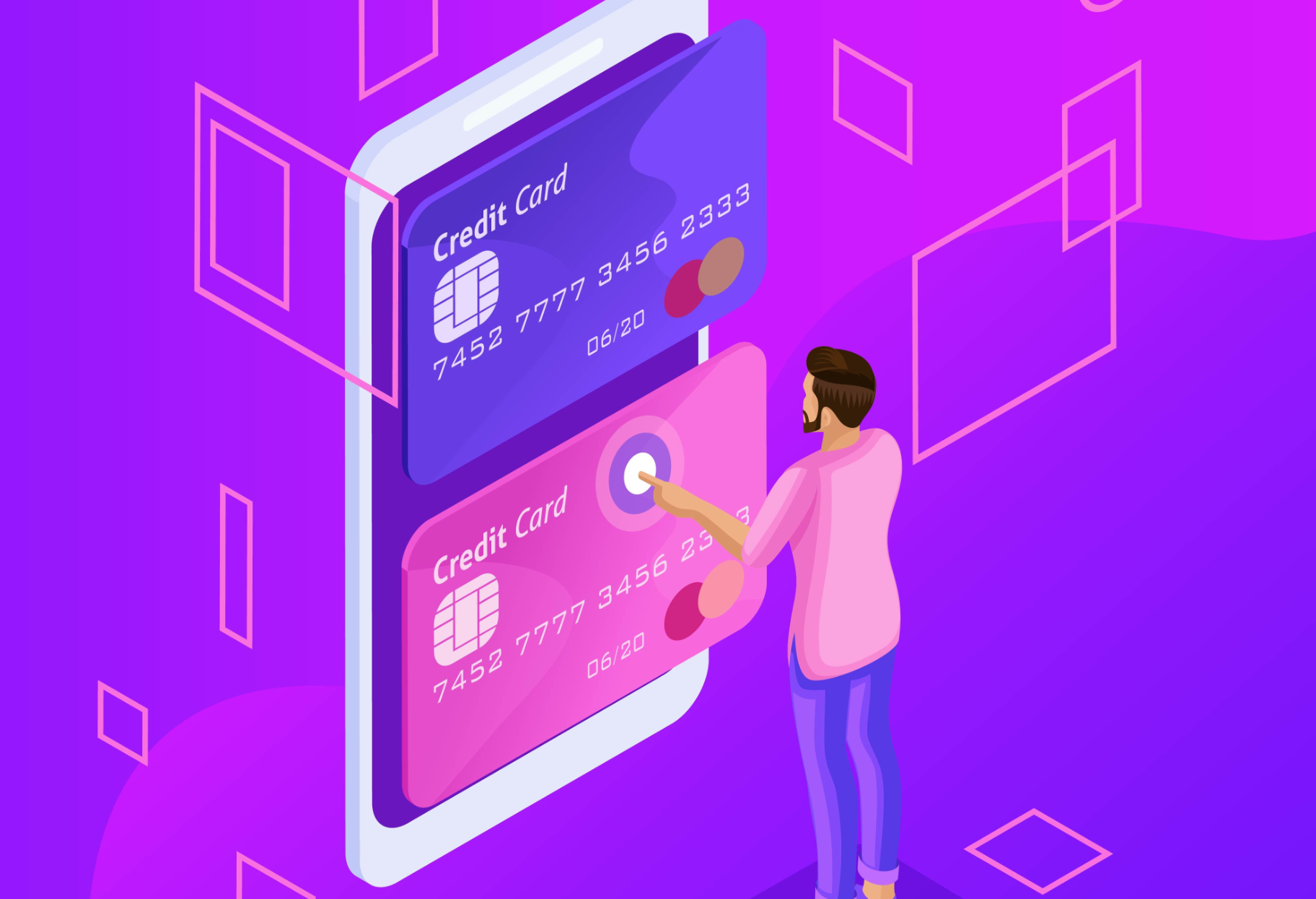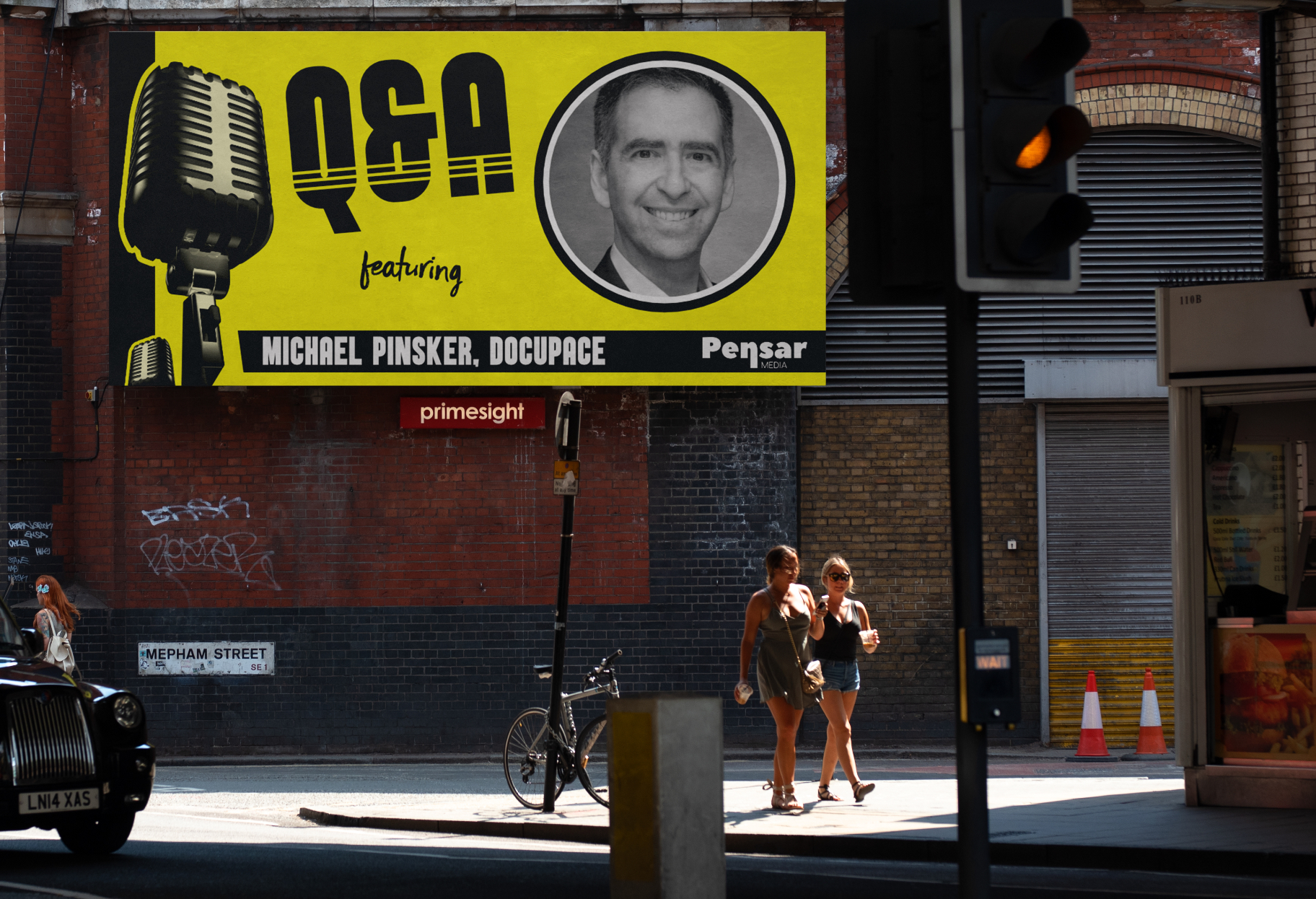Welcome to the final part of our Q&A mini-series with some of the experts we interviewed in our recent Future of Banking Report.
WILL SORBY, UK GENERAL MANAGER, N26

Can you tell us about N26 and what you are doing differently to traditional banks?
WS: Today’s reality is that finance remains institutional and dysfunctional for the majority of people who have in turn become disillusioned and disappointed with their banks. Finance has become one of the biggest causes of anxiety and traditional banks aren’t doing anything fundamental to help. At N26 we want to change this. We want to make banking simpler, more transparent and give people more confidence in their finances. We also want to bring banking into the digital age so that it serves the flexibility and diversity of the 21st century in a way that also helps improve people’s lives so that it’s not just creating better banking but better living too. Whether that’s a better experience with the app, easier access to information on their finances, help with budgeting or not having to queue up for ages in a branch. All of the frustrations that we don’t like about traditional banks, we’re clearing out and starting afresh. It’s also not just the experience of interacting with your bank or personal finances. The other reason we can do that successfully is that we’re not defending historic profit pools, so traditional banks have a challenge around how they can respond on price. We have a cost base roughly one sixth of a big bank. That means we can take two approaches—either we can have the same pricing as them, and we make a lot more profit per customer, or we say actually we want to give a lot of that back to customers, which is the approach we’ve been taking, so it’s very difficult for big banks to match us on pricing. The way we think about it is not how do we build a product that generates ‘X’ billion of revenue, let’s look at the product which gives the best outcome to customers. Our advantage is we’re building from zero and growing up, not starting from a big number and coming down.
How will traditional bank business models change in future as customers increasingly migrate to digital services?
WS: Across the industry you’ll see consolidation and you’ll probably have a shrinking of the overall pie. FX is the very obvious model that is changing, the fees that customers pay has been totally driven down, so that’s one profit pool that is disappearing. Then the share of neobanks like ourselves will grow as well, so the incumbent banks will be attacked on both sides—they’ll have pressure to reduce their fees, but they also won’t be able to move as fast as us and so they’ll lose market share as well. One of the questions we get is surely there will be some people who appreciate having a branch. We’ll still have the high street bank existing for a long time yet, but it’s a bit like the UK retail market—the high street has not disappeared because of Amazon, but it has shrunk, and there are a number of players that are not here today that were here 10 or 15 years ago. So, the high street bank will continue to exist, but it would be very surprising if we see as many high street banks 10 years hence as we do today.
What are the main hurdles challenger banks like yourselves face in winning market share from incumbent high street banks?
WS: We have lowered the barriers to switching accounts and made it a lot easier to open a new account, but there is still a level of inertia. This is not like switching your weekly shop from Tesco to Sainsbury’s. We’re talking about a product which looks after your personal finances, so it’s a question of trust and for a lot of people that’s justifiably a big hurdle. We’re up against incumbents that have been in the market for more than 100 years, so that’s something we will gradually break down over time, but it won’t happen overnight.
How will Open Banking change how people access retail banking services and what opportunities will this create for banks like N26?
WS: Open Banking is leading to a bit of segmentation in terms of how people manage their finances. It’s a lot easier to have multiple current accounts now, your savings in a different place, your mortgage in another, your loans somewhere else, and still be able to manage all of that together in one app. That potentially leads to some better outcomes on price, but it doesn’t necessarily lead to a better customer experience as your money is in lots of different places. In the longer term, as long as you maintain that strength of relationship with your customer and that promise of transparency and best pricing, then you can offer a better customer experience by having all of those services with one provider, and then eventually you’ll see a re-collapsing of the number of accounts people have.
What technology are you most excited about that will change how banks and their customers interact in the future?
WS: The real game changer will be AI and what you can do in terms of predicting customer needs ahead of time. If you use the N26 app right now, we have a nice little feature called ‘Statistics’, which tells you how your spending was segmented over the last month. That’s the very basic starting level of what you can do, but when we go forward five years AI will allow us to be much more predictive about what a customer’s spending habits will be, so you can warn someone if they’re going to run out of money before the end of the month. That will be transformative for how people think about personal finance. Once AI is well developed you will be able to give people personalised advice in a non-generic and valuable way.
Click here to download the full report.





